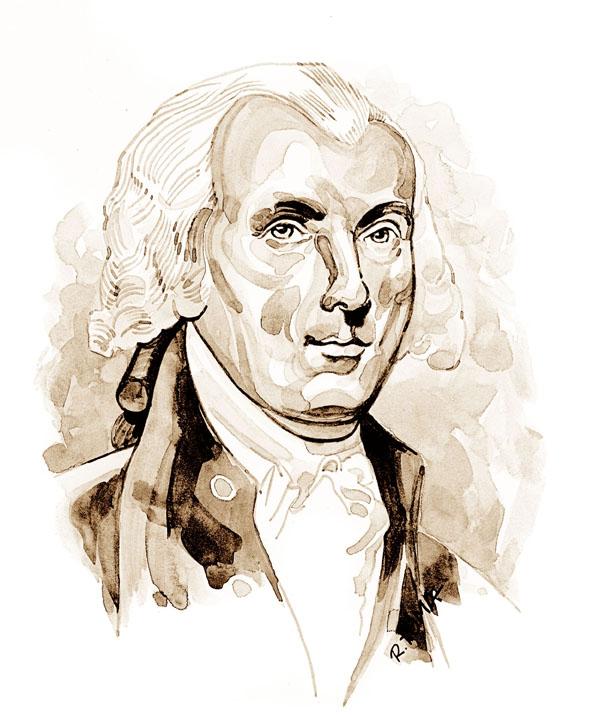APUSH It to the Limit
Portrait of James Madison Jr., a U.S. president. (Rick Tuma/Chicago Tribune 2013)
Recently, the College Board has introduced sweeping changes to the AP United States History (APUSH) curriculum. According to its official website, the goal of the redesign is to “encourage deep engagement with our nation’s founding documents and the inspiring primary sources of American history, and provide teachers with greater flexibility to focus their class time on state and local priorities.”
Stripping away the flowery language of that statement, the core of the new APUSH can best be defined as this: a test less focused less on the consumption and memorization of content.
Although this paradigm shift hardly affects the essay section of the test, by switching its focus away from content, the new multiple-choice section of the test loses its integrity by focusing instead on historical skills; while these skills are certainly key aspects of understanding history, they are ill-suited to the multiple-choice format.
New questions on the test will not ask for specific names, dates, or vocabulary words; rather, they will ask the reader to apply one or more of nine newly defined historical thinking skills, such as “periodization” or “appropriate use of relevant historical evidence,” to broad concepts of American history to determine which of four options is the best (not correct) answer.
Because of their subjective nature, these questions are difficult to answer, even with a strong background in American history. The multiple-choice format simply does not allow a student to demonstrate his or her critical thinking abilities with relation to history.
The new short answer section is, however, a step in the right direction. These questions force the reader to focus on a specific time, event or concept, just as the multiple-choice does, and in a way that the longer essay questions never will be able to. Having this specificity present in some form on the test is important to testing students’ knowledge of specific time periods.
These short answers also solve several shortcomings of both the old and new multiple-choice questions. These questions encourage students to use historical thinking skills to develop their responses, while utilizing specific examples to support their argument and allowing students to truly think critically about history.
Multiple-choice questions could never do that because multiple-choice forces the reader to come to one “correct” answer. With the level of critical thinking that the College Board wants to introduce to the test, there is no such thing as a single correct answer.
Regardless, as it stands right now, the multiple-choice section still accounts for 40% of the final AP grade. That is a ridiculous number. I propose simply removing the multiple-choice questions, and replacing them with more short answer questions. This change will make the test a more fair examination of a student’s historical thinking skills and knowledge of American history.


